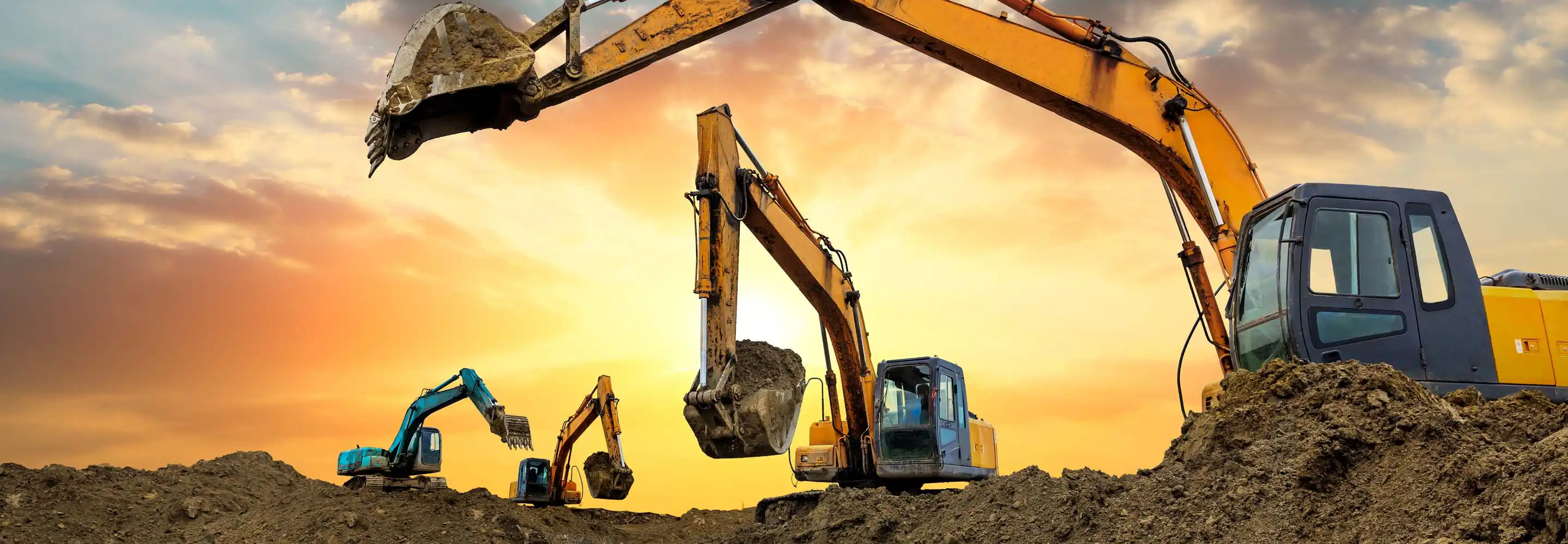Scissor Lift Rental: Safe and Effective Solutions
Wiki Article
Leasing Vs. Purchasing Building Tools: Making the Right Choice for Your Task
When embarking on a building and construction project, one of the important choices that project supervisors and stakeholders encounter is whether to lease or acquire building equipment. The choice hinges on various variables such as expense factors to consider, task duration, tools maintenance, adaptability, scalability, and threat monitoring.Expense Factors To Consider
When assessing the financial facet of renting out versus acquiring building equipment, the long-lasting expenditures and in advance expenses have to be thoroughly taken into consideration. Renting tools usually needs reduced initial payments contrasted to acquiring, making it an appealing alternative for temporary projects or contractors with budget plan restrictions. Renting out gets rid of the demand for large resources outlays and decreases the economic risk related to devices ownership, such as maintenance and devaluation expenses. However, in the lengthy run, continually renting tools can gather greater expenses than purchasing, particularly for prolonged tasks.On the other hand, getting building and construction devices entails greater upfront prices but can result in long-term savings, specifically for long-lasting tasks or regular customers. Possessing equipment supplies flexibility, benefit, and the possibility for resale worth once the task is completed. Furthermore, having equipment enables for personalization and knowledge with certain machinery, potentially increasing efficiency and efficiency on-site. Inevitably, the choice between renting and buying construction tools rests on the project's duration, frequency of usage, budget factors to consider, and lasting monetary objectives.
Job Period
:max_bytes(150000):strip_icc()/Balance_Must_Have_Earth_Moving_Construction_Heavy_Equipment_844586-c5b6ac9e5c074c11ad41e9acaea8f099.png)
On the other hand, for long-lasting tasks or continuous building work, purchasing devices can be the much more affordable alternative. Acquiring equipment can result in cost financial savings in the long run, especially if the tools will be often utilized. Additionally, having tools gives a sense of control over its schedule and enables modification to fit details job demands.

Tools Upkeep
Offered the critical function task duration plays in figuring out one of the most affordable method between buying and renting construction tools, the emphasis now moves in the direction of examining the vital element of equipment maintenance. Correct maintenance is critical for guaranteeing the optimal performance and long life of building and construction tools. Leasing tools often includes the benefit of having well-maintained machinery given by the rental firm. This can ease the worry of maintenance tasks from the task proprietor or specialist, conserving effort and time. On the various other hand, owning equipment calls for an aggressive approach to maintenance to protect against failures, ensure security, and expand the tools's life expectancy. Routine examinations, servicing, and prompt repairs are required to keep owned equipment in top functioning condition. Consider maintenance prices when making a decision between renting and buying, as ignoring upkeep can lead to expensive repair work, downtime, and task hold-ups. Ultimately, a properly maintained building tools fleet, whether rented out or possessed, is essential for the reliable and successful conclusion of construction projects.Flexibility and Scalability
In the world of construction tools management, the aspect of versatility and scalability holds significant relevance for job effectiveness and source application. Choosing to lease construction tools provides a high degree of adaptability as it enables the fast change of devices types and quantities based upon the developing needs of a job. Renting makes it possible for specialists to access a wide variety of customized equipment that might be needed for details jobs without the long-term commitment of ownership. This flexibility is especially helpful for tasks with differing needs or unpredictable periods (boom lift rental).Leasing building and construction devices provides the advantage of easily scaling procedures up or down as job needs rise and fall. Specialists can quickly trade or add tools to match the task's changing needs without the restrictions of owning assets that might end up being underutilized or out-of-date.
Danger Administration
you can find out more Effective risk management in building devices operations is extremely important to making sure task success and mitigating prospective economic losses. Building jobs inherently involve different threats, such as tools failures, mishaps, and task delays, which can dramatically impact the project timeline and budget. By very carefully thinking about the dangers connected with owning or renting out building and construction equipment, task supervisors can make informed choices to lessen these heavy equipment machinery possible risks.Leasing construction tools can use a degree of threat mitigation by transferring the responsibility of repair and maintenance to the rental firm. This can minimize the monetary problem on the task owner in situation of unanticipated tools failings (forklift rental). Furthermore, renting out offers the adaptability to access specific equipment for certain project phases, reducing the danger of owning underutilized machinery
On the other hand, having building and construction devices supplies a sense of control over its usage and upkeep. Nevertheless, this likewise means birthing the complete duty for repair services, maintenance expenses, and devaluation, enhancing the economic threats related to tools possession. Careful risk assessment and factor to consider of factors such as job period, equipment utilization, and upkeep demands are crucial in determining the most suitable choice for reliable threat monitoring in building projects.
Final Thought
In final thought, when choosing in between leasing and getting building tools, it is essential to consider cost, job duration, equipment maintenance, versatility, danger, and scalability management. Each element plays an important duty in determining one of the most suitable choice for the task handy. By thoroughly examining these elements, job managers can make an educated decision that aligns with their spending plan, timeline, and total task objectives.
Report this wiki page